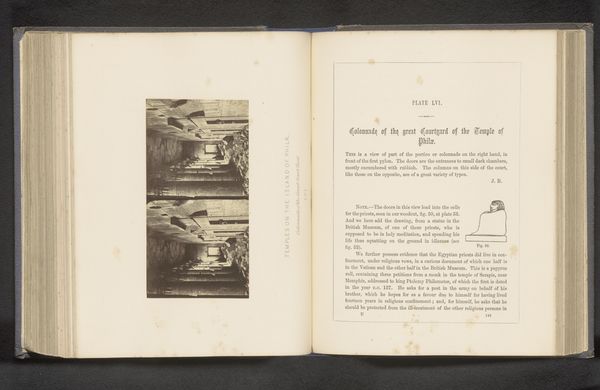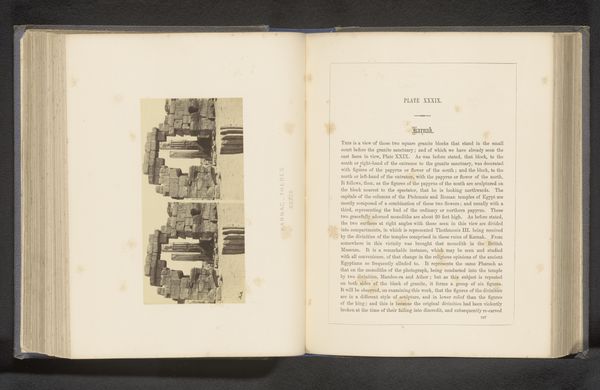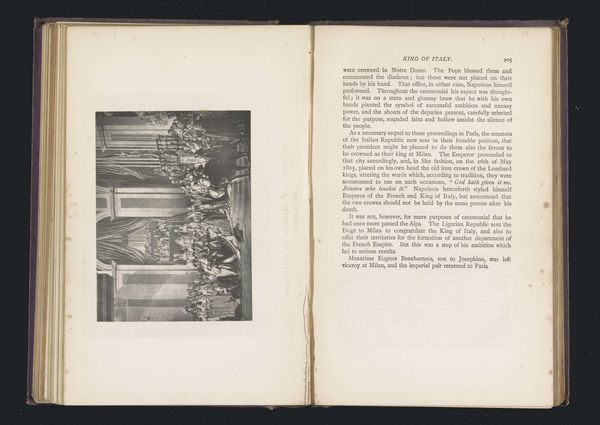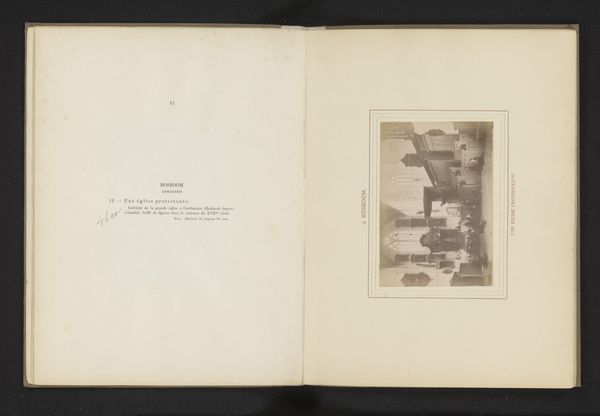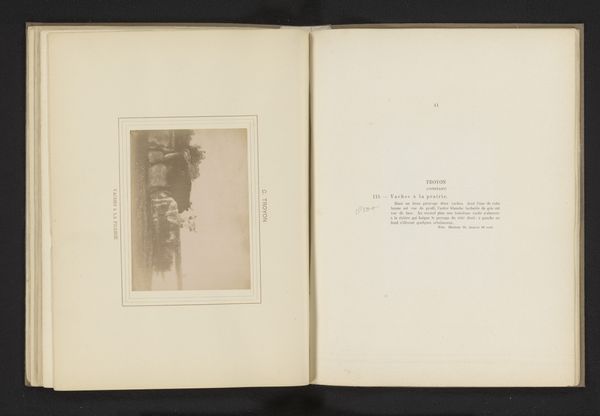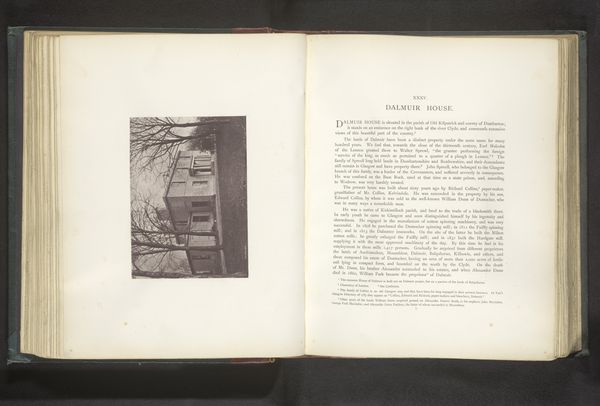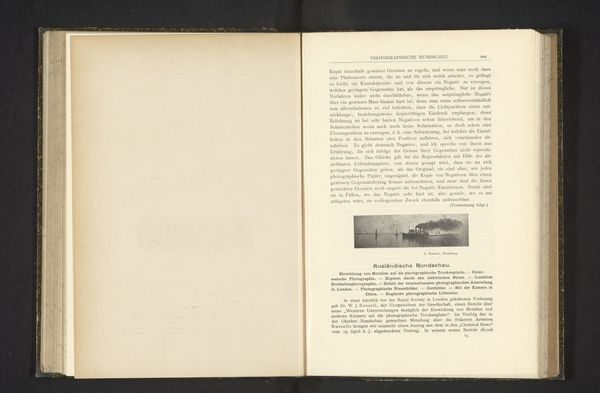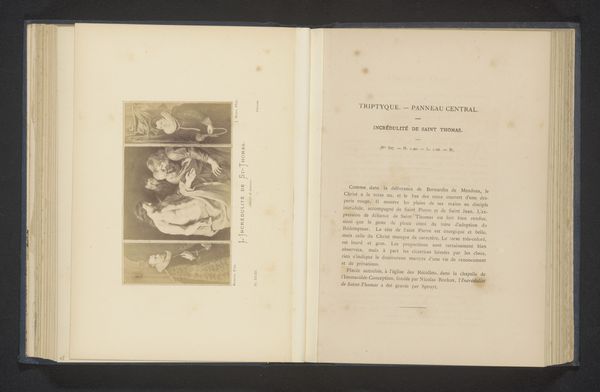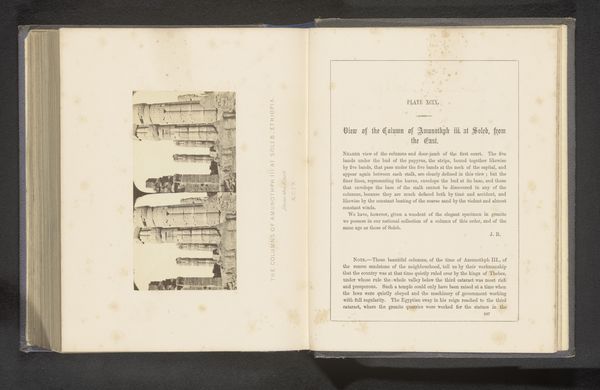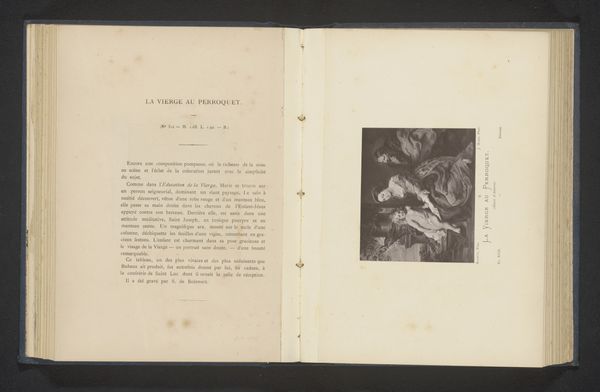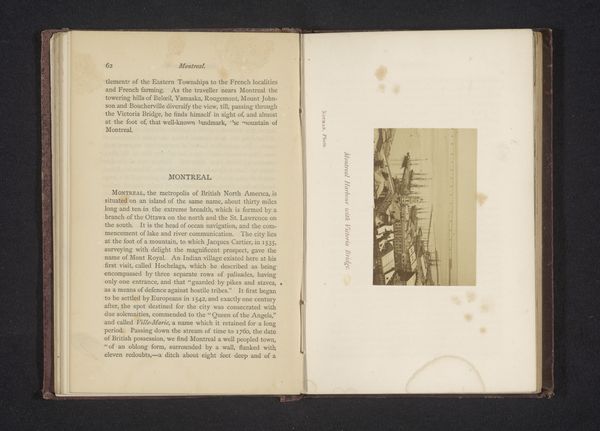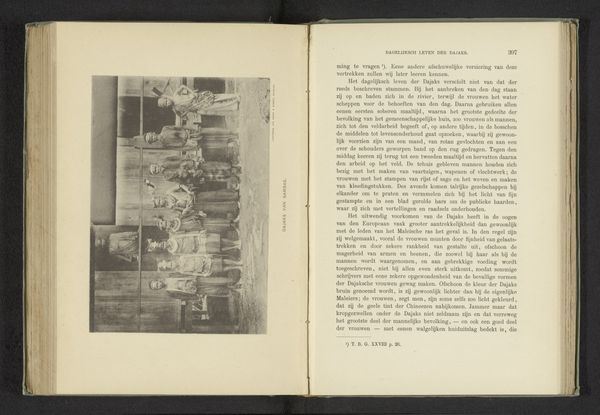
print, paper, engraving
#
medieval
# print
#
paper
#
engraving
Dimensions: height 99 mm, width 113 mm
Copyright: Rijks Museum: Open Domain
This is a reproduction of "The Seven Sacraments" by Rogier van der Weyden made by Joseph Maes in the late 19th century. Looking at this book, we need to remember that art doesn't exist in a vacuum. The creation and reproduction of Weyden’s altarpiece here speaks volumes about 19th-century European society. Consider the rise of art history as a discipline, inseparable from the growth of museums and the increasing accessibility of artworks through reproduction technologies like photography and printmaking. Belgium, like other nations, was defining its cultural identity. Reproducing and studying earlier masterpieces served a purpose: to create a sense of national artistic heritage. Religious art held particular weight, often intertwined with ideas of morality and national character. To truly understand this image, we would need to research the specific context of its publication, its intended audience, and the prevailing attitudes towards early Netherlandish painting in Belgium at the time. What social and cultural values does this reproduction seek to uphold or promote?
Comments
No comments
Be the first to comment and join the conversation on the ultimate creative platform.
